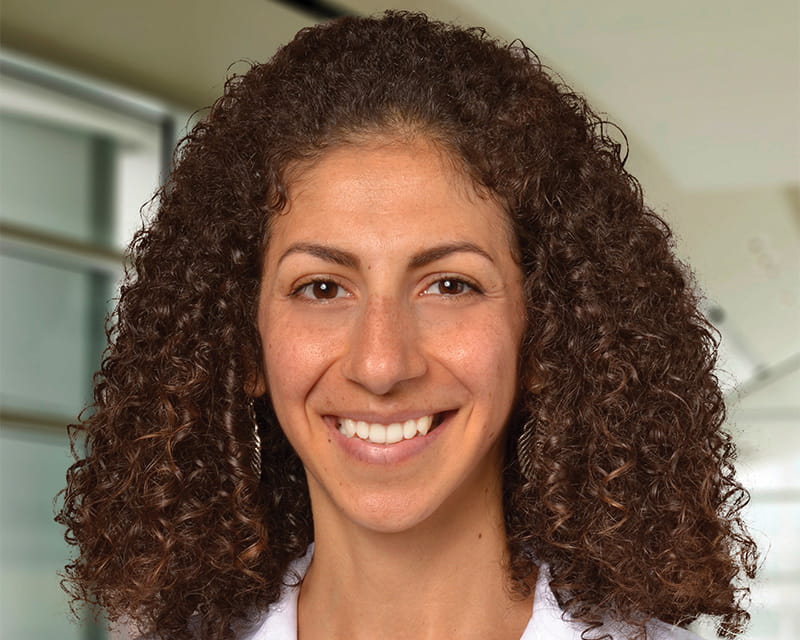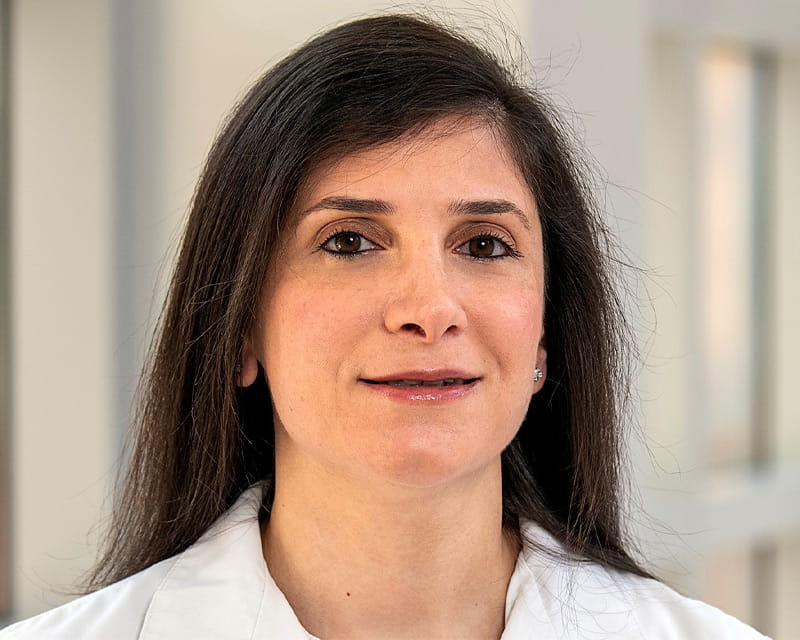
Use of hepatitis C-positive kidneys becomes standard of care for Ohio State Wexner Medical Center Transplant Program
 An estimated 37 million American adults have chronic kidney diseas (CKD), with close to 100,000 each year progressing to end-stage kidney disease (ESKD).
An estimated 37 million American adults have chronic kidney diseas (CKD), with close to 100,000 each year progressing to end-stage kidney disease (ESKD).
For many with CKD or ESKD, their condition began with a glomerular disease — a condition affecting the kidney’s glomeruli.
Slowing the damage from glomerular diseases and preventing progression to CKD and, ultimately, ESKD, is the goal of Isabelle Ayoub, MD, a nephrologist and Director of the Nephrology Clinical Trials Unit at The Ohio State University Wexner Medical Center.
Dr. Ayoub studies how to preserve kidney function for as long as possible in people diagnosed with glomerular diseases. She and her team lead more than 20 active clinical trials for a range of glomerular diseases, including diabetic nephropathy, focal segmental glomerulosclerosis (FSGS), lupus nephritis, IgA nephropathy (IgAN), membranous nephropathy and C3 glomerulonephritis.
“We’re looking at novel therapeutics to replace current available treatments — or to add on to standard of care treatments — to improve outcomes and increase remission rates with minimal toxicity,” Dr. Ayoub says.
The work Dr. Ayoub and team are doing is critical to decreasing the burden of CKD and ESKD.
“That burden is individual and societal,” Dr. Ayoub says. “CKD and ESKD patients have impaired quality of life. This can impact their ability to work. Their families and caregivers are directly affected.”
And, adds Dr. Ayoub, CKD and ESKD create a large financial burden on the health care system as a whole. The latest report from the U.S. Renal Data System shows that annual Medicare expenditures for CKD and ESD total over $120 billion.
Adding to the base of knowledge being created at the Ohio State Wexner Medical Center are studies beyond drug therapeutics. By collecting biological samples, the researchers there can study the pathophysiology of glomerular diseases and then look for biomarkers that predict disease prognosis, disease flare and response to treatment.
“For example, we’re studying how the immune system interacts with the glomeruli. By understanding this interaction, perhaps we can better understand how immune dysregulation is producing glomerular diseases,” Dr. Ayoub says.
Dr. Ayoub and others at the Ohio State Wexner Medical Center are part of national studies, including:
With patients coming from within Ohio and surrounding and nearby states, the Ohio State Wexner Medical Center has become an attractive site for life sciences organizations and companies seeking to test new drugs for glomerular diseases.
And this, Dr. Ayoub says, makes the Ohio State Wexner Medical Center a good partner in the care of glomerular diseases.
“We all know we don’t yet have the best treatment for several types of glomerular diseases,” Dr. Ayoub says. “Our clinical trials center offers patients a treatment option they might not otherwise have.”
Email Isabelle.Ayoub@osumc.edu for any referral needs.